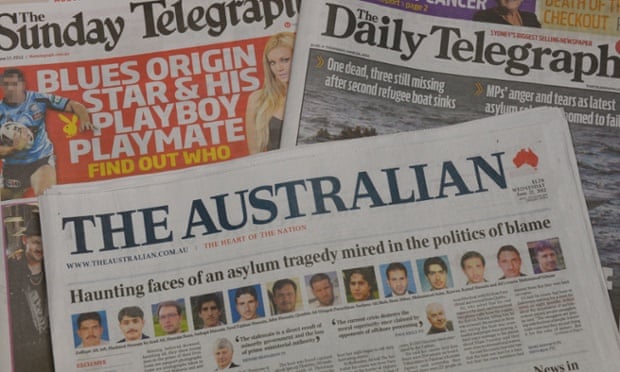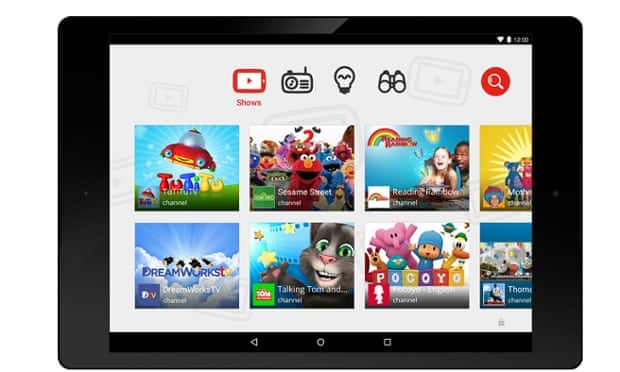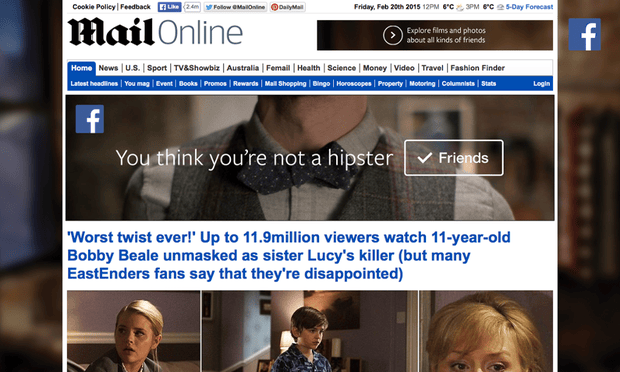The Independent expands its digital presence to the States
Newspaper creates ‘web office’ in New York as online traffic increases

The Independent has opened a “web office” in the United States. Andrew Buncombe, the paper’s former Washington correspondent, has become US digital editor.
The announcement coincides with a rise in the Indy’s online traffic. ABC figures for January show that the number of its website’s global monthly unique browsers increased by 53% over the previous year to 52.5m.
The story highlights the gradual and inevitable transition from broadsheet to online. The Independent expanding its digital presence online proves that they understand that online is where they will gain revenue and they are utilising it as a result, to make up for broadsheet losses.




